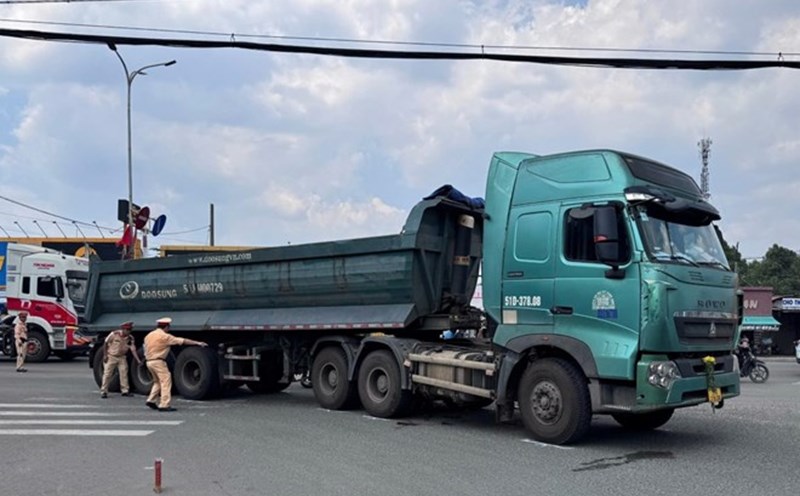According to the Philippine Atmospheric, Geophysical and Astronomical Services Administration (PAGASA), at 3:00 a.m. on April 29, the low pressure named LPA 4a entered the Philippine Forecast Area (PAR). The center of the low pressure is located at about 6.6 degrees north latitude, 131.9 degrees east longitude, about 695 km east of Davao City.
This low pressure near the East Sea moves along the tropical convergence zone, directly affecting the weather in Palawan and Mindanao.
Meanwhile, the US Joint Typhoon Warning Center (JTWC) called the low pressure Invest 99W. The JTWC said the low pressure is moving north-northwest and is likely to strengthen into a tropical depression on April 30 or May 1, when it approaches the eastern Philippines. The low pressure is forecast to strengthen in the next 7 days with a probability of up to 60%.

At the same time, another weak low pressure area with a pressure of 1010 hPa is forming in the southeast of Yap (Union of Micronesia), about 1,800 km east of the Philippines, in the eastern part of the East Sea.
With favorable upper-level wind conditions, this low pressure is likely to strengthen into a tropical depression around September 30th.5 when it enters the central Philippine Sea.
PAGASA weather forecaster Veronica Torres said the trough connecting to the LPA 4a depression will cause scattered showers and thunderstorms in the Caraga and Davao areas, while the entire Mindanao and Palawan will also be affected by thunderstorms from the tropical convergence zone.
People in these areas have been warned to be on guard against the possibility of flash floods and landslides, especially in mountainous areas.
Meanwhile, most of the Philippines continues to experience extreme heat
While Mindanao is experiencing thunderstorms, other areas including Metro Manila are experiencing a severe heat wave brought in by the easterly winds from the Pacific Ocean. According to PAGASA, up to 18 cities and urban areas will record temperatures at the danger zone on April 29 and this figure will increase to 21 areas on April 30.
The hottest temperature was recorded at Sangley Point (Cavite City) with a sensory temperature of up to 45 degrees Celsius, followed by Pasay City in Metro Manila with a temperature of 44 degrees Celsius. Areas such as Baguio City and La Trinity (Benguet) are the rare places to maintain low temperature, only about 28 degrees Celsius.
PAGASA warns that this high temperature index can cause cramps due to heat, heat exhaustion and the risk of heat stroke if exposed to direct sunlight for a long time.
With the simultaneous appearance of two low pressure areas near the East Sea and unusually high temperatures in inland areas, local authorities in the Philippines are advised to prepare plans to deal with the double consequences: flooding due to heavy rain in the South and emergency cases due to heatstroke in the North and Central regions.
People are advised to limit going out during hot weather, drink enough water, wear light clothes and closely monitor weather forecasts updated from PAGASA.











